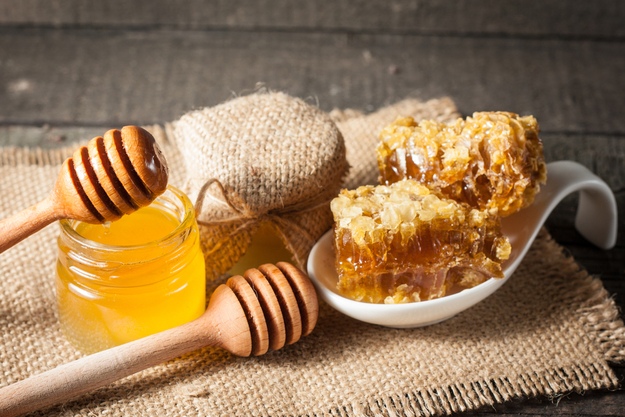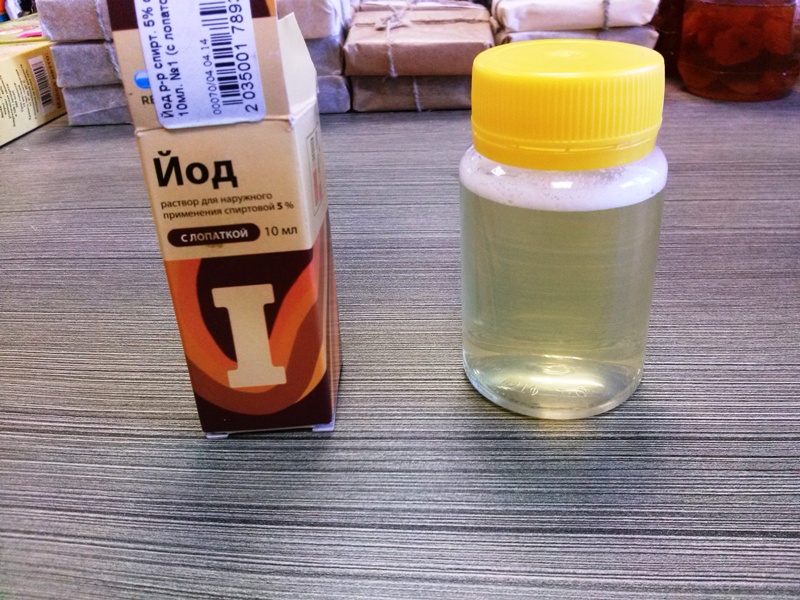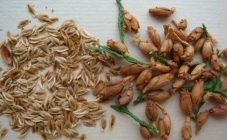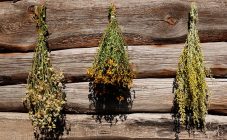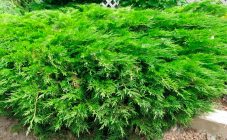Content:
When purchasing such a beekeeping product as honey, a potential buyer should be especially careful. It is recommended that you sniff it, taste it, and visually analyze the hue and texture before buying. However, even following all of the above tips, the consumer cannot be completely sure that he has purchased an authentic and high-quality product, due to the plausibility of a modern counterfeit. But, using ordinary iodine, you can find out the degree of naturalness of the purchased honey.
Using iodine to test
Most people, not having a house with their own apiary, buy honey at the market or in the supermarket. In this case, you need to know that there is a national quality standard for natural honey, and that the list of permissible impurities includes:
- fine particles of a dead bee;
- bee larvae;
- honeycomb particles;
- pollen;
- vegetable fibers;
- a small amount of ash;
- dust.
If the honey product contains any foreign elements, it must be discarded.
In order for an experimental test of honey with iodine at home to be carried out, it is necessary to prepare some items:
- tested honey;
- glass glass;
- distilled water;
- iodine;
- vinegar.
Step-by-step instructions on how to check honey with iodine are as follows:
- water is heated to a temperature of + 30 ° C;
- heated water is poured into a glass;
- a tablespoon of honey is added to a glass of water;
- honey is stirred until completely dissolved;
- stir honey so that all clots and lumps disappear;
- drip 3 drops of iodine into a glass;
- observe what the subsequent reaction will be, which may be:
- blueing of honey water;
- the occurrence of specific divorces.
- drip a large amount of vinegar into a glass of honey.
Polysaccharides have a complex molecular structure, in which its constituent parts can be detached from each other. This is the reason for the possible lack of reaction with iodine. This can happen if honey that has been diluted with flour or starch is pasteurized.
After undergoing heat treatment, the counterfeit acquires a natural appearance for some time, its shelf life becomes longer. When a product becomes expired, it is likely to ferment. Such a honey product cannot be considered useful, since heating destroys all the remaining useful substances obtained from real honey. This is how you can carry out the experimental procedure, how to determine the quality of honey at home using iodine.
Visual assessment of the honey product
First of all, when you find yourself at a retail outlet selling honey products, you should ask the seller to present a quality certificate.In such a document, you can find out what the quality level of honey is, its variety, the time when it was harvested, as well as where it was produced. In addition, you should externally examine the product and not refuse to taste it.
The quality of honey can be determined by looking at a number of criteria.
Scent
Real honey has a distinctive aroma that can be either weak or intense. However, the smell of a quality product does not contain impurities.
Colors
Before going to the market or supermarket for a honey product, you should familiarize yourself with the existing varieties of honey and their color shades. For example, buckwheat honey is brown, flower honey is golden yellow, linden honey is amber, mustard honey is creamy yellow.
National GOST allows the following shades of honey:
- transparent;
- light yellow;
- yellow;
- dark yellow;
- dark with other shades.
There is a special chemical pencil to check honey for authenticity and the presence of sugar syrup. Its use involves applying a drop of honey to the hand on which the line is drawn. If the line has acquired a bluish tint, it is better not to purchase such a product.
Transparency
Real honey remains transparent until it undergoes a crystallization process. Sellers offering to buy crystallized honey in the middle of the summer season are trying to sell last year's product. For the crystallization of a real beekeeping product, + 30 ° C temperature is sufficient.
Also, if you try to grind a honey drop, then in the case of a fake, specific pellets will certainly appear.
Features of consistency
A honey product of varying maturity has a different consistency:
- liquid;
- medium;
- very dense.
A slow flow of honey in the jar indicates a low concentration of water, so the product is unlikely to ferment. In addition, the surface should not contain white foam, in the depth - light streaks.
Also, in order to understand whether real honey is on the counter or not, there is another way, besides the most popular one, how to check honey with iodine. You can take a plastic bottle with boiling water poured into it and add the variety you like to it. Honey is suitable for purchase if, after stirring, a liquid of uniform consistency is obtained without the presence of lumps or sediment.
You should not buy honey products from a seller who convincingly describes all kinds of medicinal properties of honey without having it analyzed on the spot. The best option would be to purchase this product from a trusted beekeeper. However, when buying, you should know how to check whether the honey is natural or not at home with iodine, which will help to avoid eating a possible counterfeit that cannot benefit the human body, and in some cases may even pose a health hazard.
